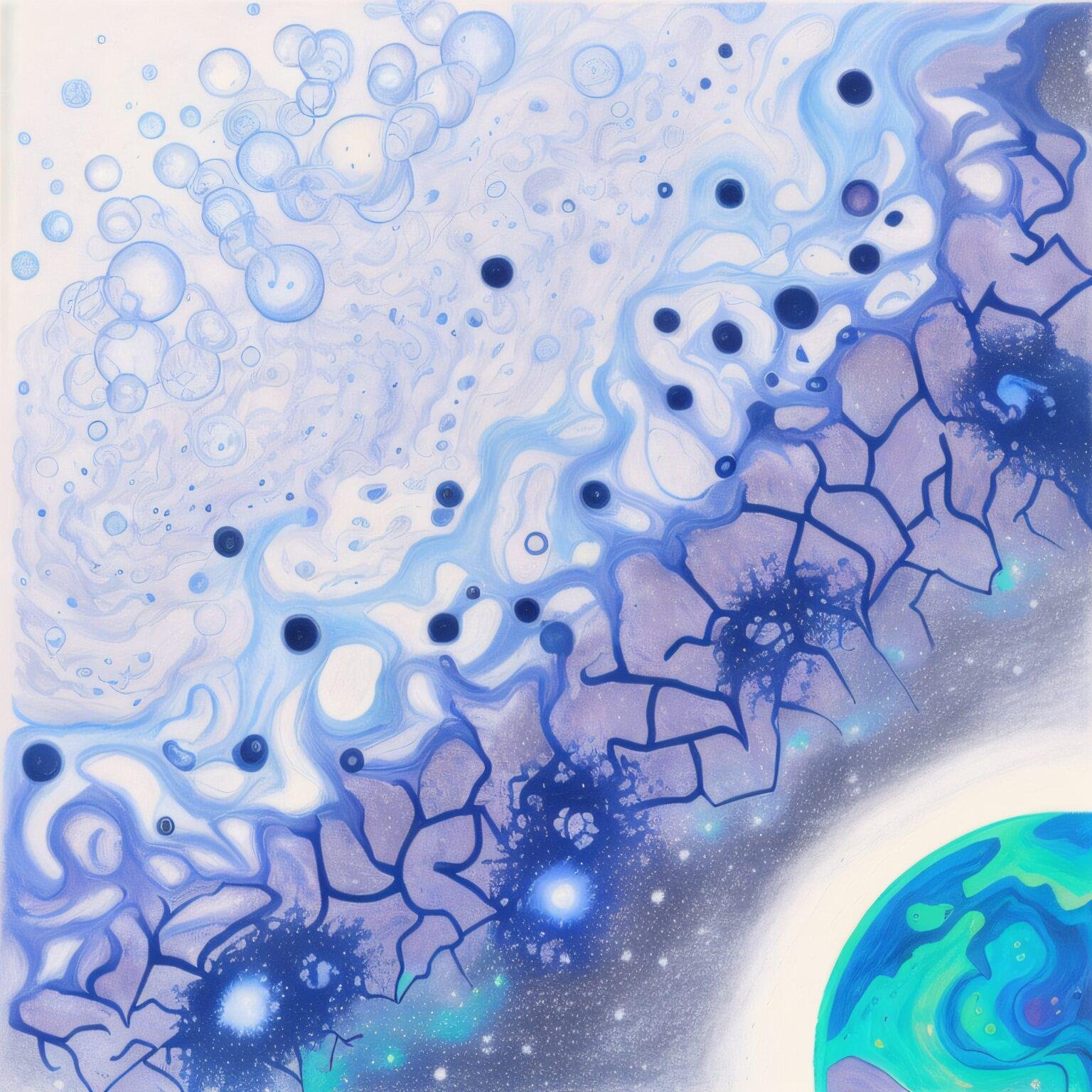The expanding universe theory, one of the fundamental principles of Einstein’s theory of general relativity, has been fundamentally questioned in recent research conducted at the University of Michigan in the USA. The idea that dense regions, such as galaxy clusters, become denser while outer space becomes blurred. It was thrown into “large-scale structures during the period when dark energy dominated.”
The study, published in the journal Physical Review Letters, shows that, given that dark energy drives cosmic expansion, the growth rate of these massive structures that the researchers see in their data is much slower than theory predicts.
According to the research, galaxies spread throughout the universe as if trapped in a giant spider web. This means that they are not randomly distributed, but rather grouped. That is, this large-scale structure of the universe evolved from small clumps of matter in the early universe to individual galaxies, galactic clusters, and filaments.
dark energy
According to Nhat-Minh Nguyen, first author of the paper, “over the course of cosmic time, an initially small cluster of masses attracts and accumulates more and more matter from its local region through gravitational interaction. As the region becomes increasingly denser, it eventually collapses under its own gravity.“.
On the other hand, research says that dark energy works as an attenuator, reducing disorders and limiting the formation of structures.
Therefore, while the team investigated the clustering and growth of the cosmic structure, Learn about both the nature of gravity and dark energyNguyen explains in a statement:
Cosmological research analyzing the Big Bang
Cosmic structures are growing more slowly than predicted by Einstein’s Theory of General Relativity.
The combination of fs8 and Planck measurements favors an even higher growth index of ?=0.639.
Evidence for Suppression of Structure Growth in the Coherence Cosmological Model… https://t.co/rak5EzsNNe pic.twitter.com/JV7j88pM9t
— Ø Vazquez?? (@ovaz1088) September 11, 2023
To test their hypothesis, the team used the cosmic microwave background (CMB) technique, which relies on photons emitted shortly after the Big Bang, as if it were a “selfie” of the early universe. The problem is that as these photons travel from the past to our telescopes, they become distorted or gravitationally lensed by the curvature of space-time.
Because the light coming from the background galaxies is distorted by matter and gravitational interactions with the foreground galaxies. The study’s authors resolved these distortions to clarify how the intervening matter was dispersed. To date, to accurately assess the growth of cosmic structure, cosmologists have used the motions of galaxies in the local universe.
So by examining the cosmic structure at earlier times and extrapolating those measurements to the present, the team discovered: “These different probes, individually and collectively, indicate growth suppression.” Either they’re all wrong, “or we’re missing some new physics that will emerge in later stages of our standard model,” Nguyen concludes.
Did you like the content? So, stay up to date with more discoveries about the Universe like this on TecMundo!
Source: Tec Mundo
I’m Blaine Morgan, an experienced journalist and writer with over 8 years of experience in the tech industry. My expertise lies in writing about technology news and trends, covering everything from cutting-edge gadgets to emerging software developments. I’ve written for several leading publications including Gadget Onus where I am an author.












